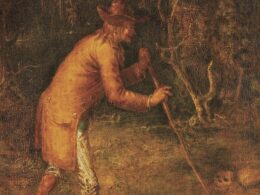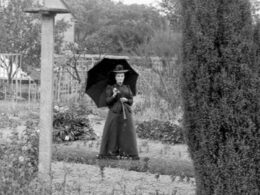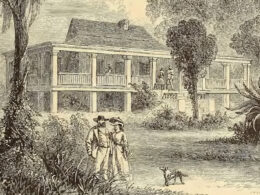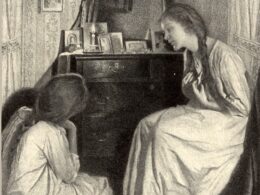Joan Didion (b. 1934)
From Joan Didion: The 1980s & 90s
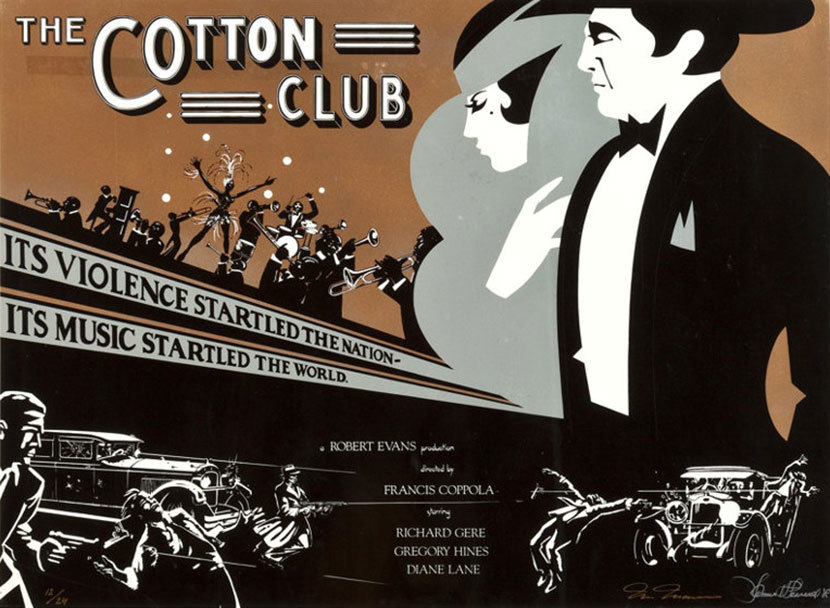
Later this month Library of America will be publishing the second volume of its Joan Didion edition, collecting the novels and essays she published during the 1980s and 1990s.
One of the better-known essays in the volume is an early dissenting voice on the media coverage of the Central Park Five, in which five teenagers were wrongly convicted of rape. She wrote that “crimes are universally understood to be news to the extent that they offer, however erroneously, a story, a lesson, a high concept.” The “story” here, Didion wrote, was to be found in the “conflation of victim and city, this confusion of personal woe with public distress.” All too often, prosecutors and reporters alike spin crimes into morality tales that end up perpetuating their own news; what gets lost are the facts.
It wasn’t the first time Didion took the sensationalist coverage of crime trials to task. The previous year she wrote about the Cotton Club murder trial in Los Angeles—and cast doubt on whether the movie or its producer, Robert Evans, really had anything to do with the case at all. (Spoiler alert: they didn’t.) Didion was more than familiar with the tempting excesses of Hollywood; both she and her husband, John Gregory Dunne, were screenwriters with several major motion pictures behind them, and her brother-in-law was former movie producer and true-crime author Dominick Dunne. For our current Story of the Week selection, we examine how they—Didion, Dominick Dunne, and Evans—came together for what was basically a run-of-the-mill drug and murder trial, and we present Didion’s essay dissecting how prosecutors, fueled by dreams of Hollywood fame, attempted to transform the noirish elements of the case into a headline-grabbing spectacle.
